
National parks aren’t always peaceful getaways. Some hold quiet dangers that catch visitors off guard—heat, heights, storms, and shifting terrain that don’t forgive small mistakes. If you’re thinking scenic means safe, think again. These parks have stories that start with adventure and end with something far more serious.
Grand Canyon
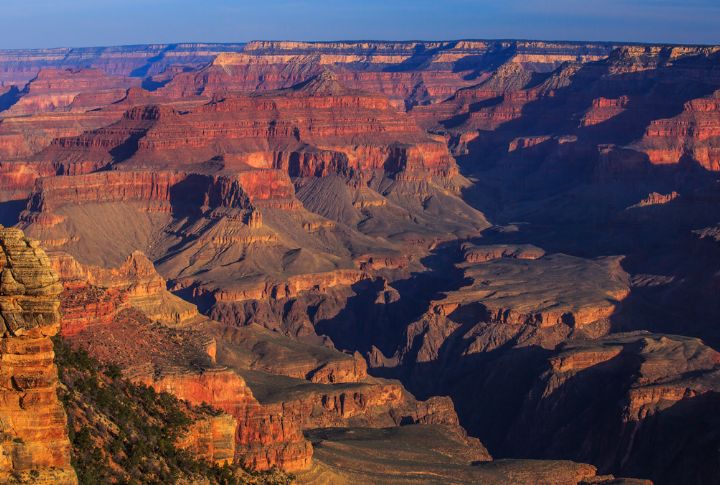
More visitors face critical health conditions from heat-related illness at the Grand Canyon than from falling. Hikers often underestimate the steep climb back up, especially in temperatures exceeding 110°F. Dehydration sets in fast, and rescues are complicated by rugged terrain and delayed response times.
Yosemite
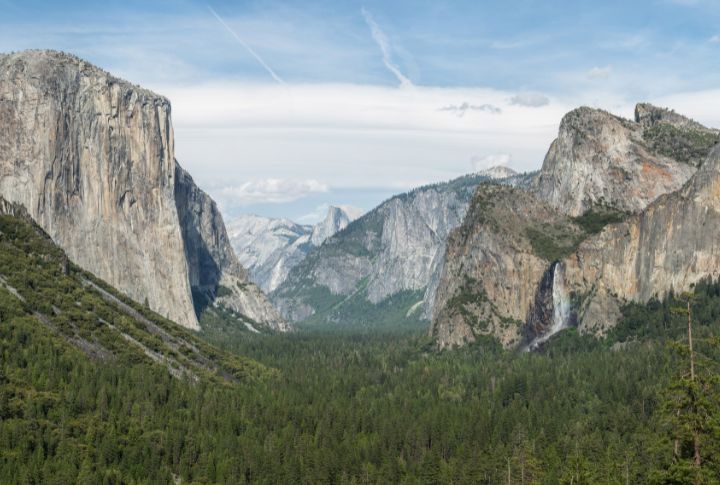
The granite paths near Yosemite’s waterfalls become treacherous when wet. Visitors seeking viral photos ignore warning signs and cross safety barriers. In fact, falls from Vernal and Nevada Falls have been fatal for many. Even experienced climbers have slipped from the park’s sheer cliffs during changing weather or unexpected missteps.
Yellowstone
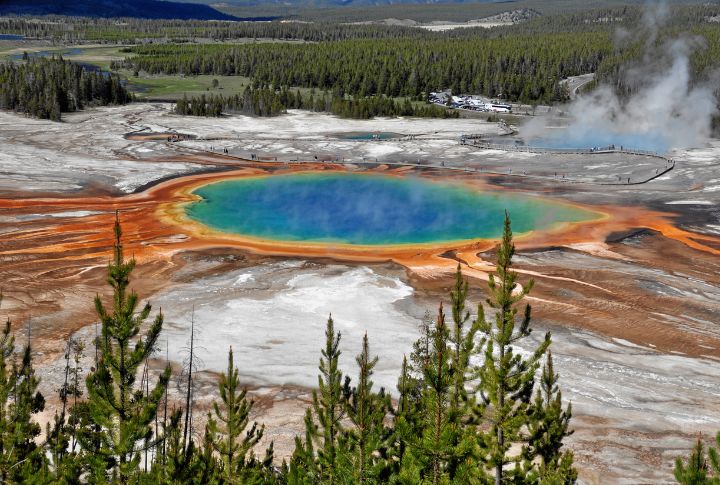
Beneath Yellowstone’s crust lie boiling springs that can reach 200°F. Visitors stepping off marked boardwalks risk plunging into acidic, scalding water. Several fatalities have occurred in Norris Geyser Basin and near Old Faithful. The ground here is thin and unstable, with searing geothermal activity just beneath the surface.
Lake Mead
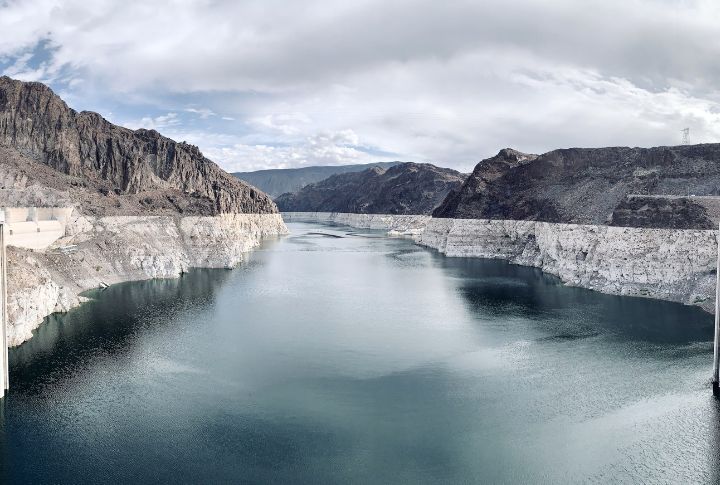
Lake Mead tops the list of the deadliest national park sites. Most deaths involve drowning, often linked to guests inebriated on alcohol facing sudden weather shifts. Additionally, strong winds capsize boats with little warning. With extreme heat and vast distances, rescues are frequently too slow to save lives.
Virgin Islands
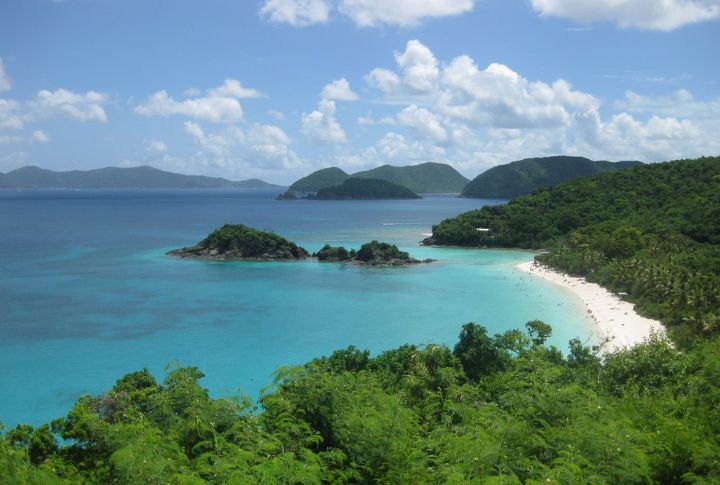
The sea’s unpredictable strength hides beneath its turquoise charm, especially around Trunk Bay, where rip currents surge without warning. Many visitors misjudge the risks, seduced by nature’s beauty that quietly conceals a far more dangerous reality. And with limited lifeguard presence, fatalities occur before help arrives.
Great Smoky Mountains
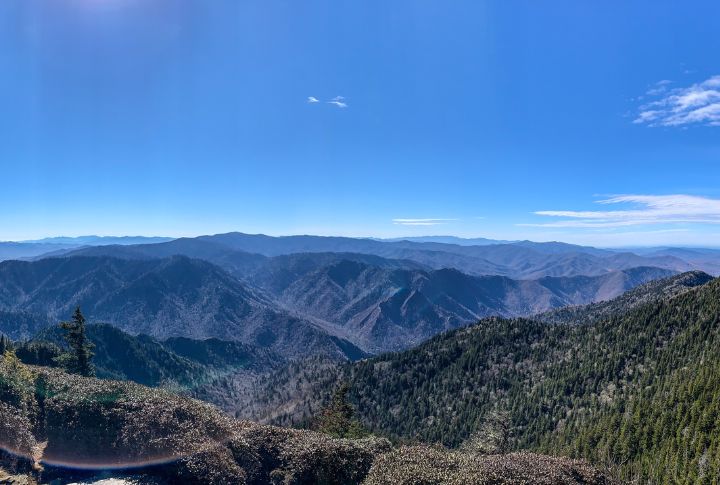
In the Great Smoky Mountains, fog and winding roads pose serious hazards, especially when combined with speeding. Sudden drops in visibility lead to frequent crashes on scenic routes. While the wilderness gets attention, many of the park’s most severe incidents happen behind the wheel.
Rocky Mountain
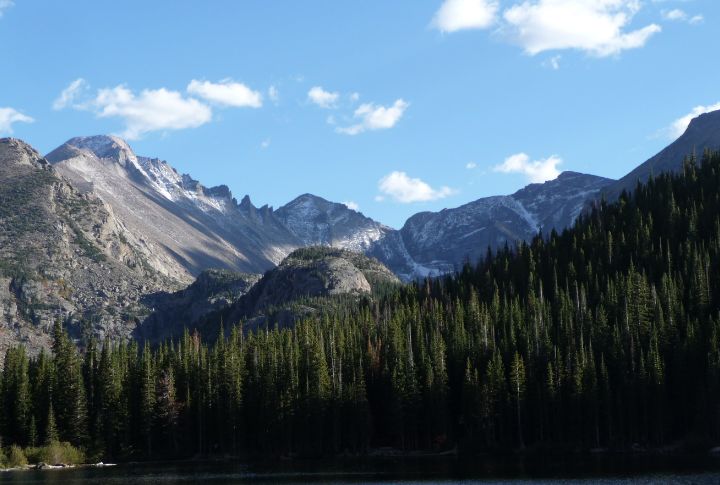
Storms sweep in with little warning, turning exposed trails icy or blinding. At elevations above 12,000 feet, exhaustion and thin air become constant, creating dangerous companions for the unprepared. Falls from ridgelines or cliffs are not uncommon. Even altitude sickness can set in within hours and disorient even fit hikers.
Big Bend
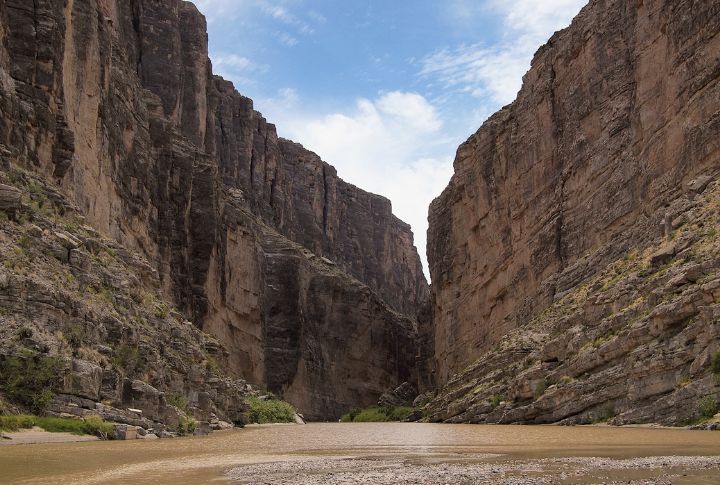
What feels like a short hike can quickly spiral into crisis. Big Bend’s desert heat soars above 100°F, and landmarks disappear into the horizon. Visitors often underestimate how little water they’ve packed. With patchy cell service and remote trails, many lose their way here, which means help is too far away.
Wrangell-St. Elias
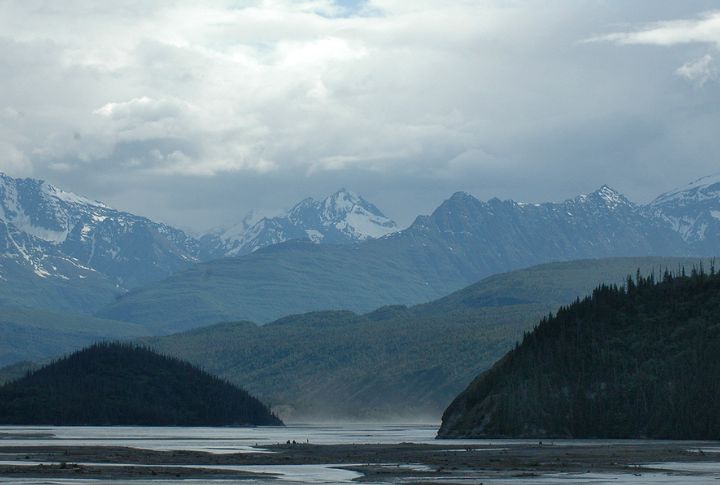
Wrangell-St. Elias is vast—larger than many countries and mostly unreachable by road. Its terrain is remote and brutally quiet. Harsh weather can trap visitors for days, and help isn’t always close. Without satellite gear or backup plans, it’s easy to vanish into the cold without anyone noticing.
Denali
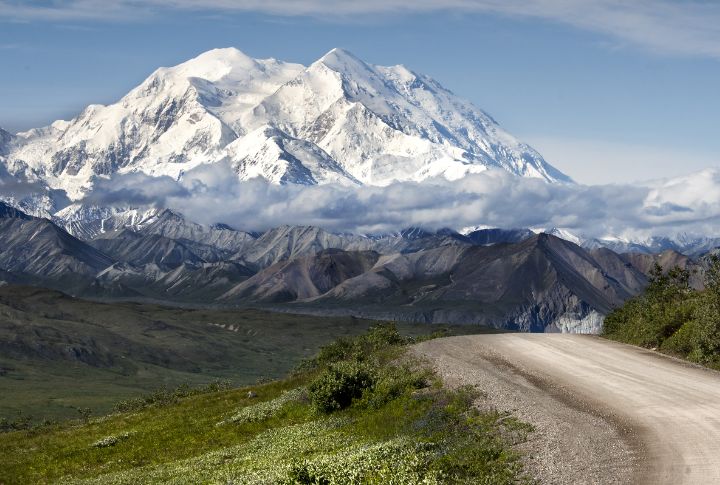
Climbers face one of the harshest environments in North America, where glacial crevasses and extreme cold test even seasoned adventurers. Avalanches and weather shifts can isolate expeditions for days. And with its summit over 20,000 feet, Denali doesn’t offer many second chances. Sadly, some never make it down alive.
